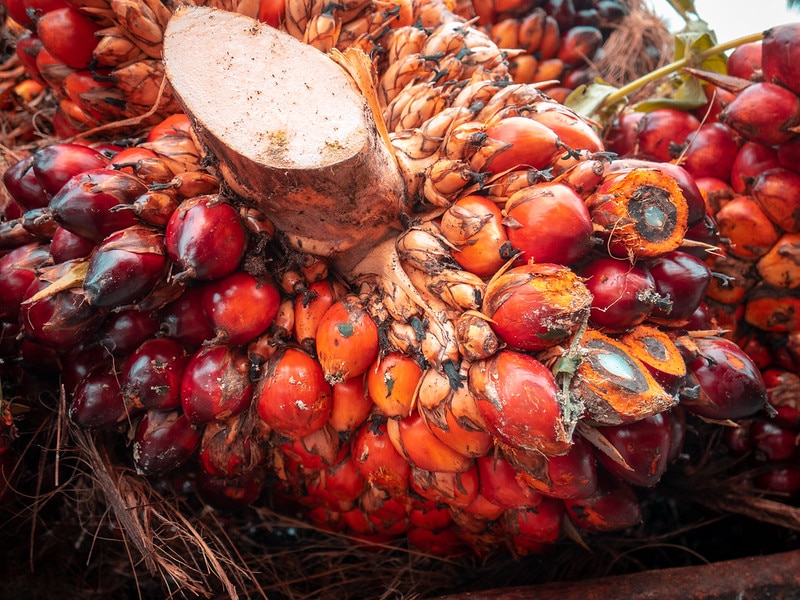Palm oil is in many of the foods we eat and the products we use, making it more ubiquitous in our lives than we realise. However, it is responsible for the rapid deforestation of some of the world’s most important and biodiverse rainforests, destroying the habitats of critically endangered species like the orangutan, pygmy elephant and Sumatran rhino. Thankfully, a biotech company says that it has come up with a solution- a synthetic alternative that doesn’t involve tearing down forests- that could replace natural palm oil in everything from shampoos, soaps and lipsticks, to packaged bread, biscuits and chocolate.
—
Over the last 30 years, 50% of palm oil plantation growth has come from the deforestation of tropical forest and peatland. C16 Biosciences is one of the firms working to pioneer a synthetic alternative. Researchers are working on something similar at the UK’s University of Bath and at California-based-start-up Kiverdi.
These projects have a similar fermentation process. At C16 Biosciences, this involves using genetically-engineered microbes to convert food waste and industrial by-products into a product that is chemically very similar to natural palm oil. Shara Ticku, founder of C16 Biosciences, describes the process further: “It’s a yeast, we feed it sugars, then the yeast grows and they’re able to produce large amounts of oil within their cells, and we have to squeeze out that oil or extract it.”
You might also like: Insuring Natural Infrastructure Against Disasters
However, for an alternative to succeed commercially and at scale, it must be able to mimic natural palm oil’s versatility and be used in everything from food to household products. Natural palm oil has a smooth and creamy texture, and is odourless. It also has a natural preservative effect that extends the shelf life of food products. Most problematically for alternatives, it is extremely cheap and hugely productive in terms of volume produced per hectare. Currently, synthetic palm oil is between two to three times more expensive than its natural version.
According to the WWF, globally, 70% of the 75 million tonnes of palm oil consumed annually is used as cooking oil and as a food ingredient. It estimates that global consumption will rise to between 264 and 447 million tonnes by 2050, with an estimated five-fold increase in demand for palm-based biofuels by 2030. A synthetic alternative then may not make the necessary impact in natural palm oil production.
However, Ticku believes that “with our technology platform, at a scale of hundreds of thousands of kilograms annually, we will be cost competitive with palm oil. If we can get enough people to change then there is no longer any justified reason for burning forest to produce this vegetable oil, and that is a success.”
Natural palm oil producers don’t seem concerned, but Anita Neville of Indonesia’s Golden Agri-Resources, one of the world’s largest privately owned palm oil plantation companies, warns of unforeseen consequences if synthetic palm oil becomes a commercially viable alternative, saying, “You’re still going to have something in the region of 4.5 million farmers in Indonesia, who are growing palm oil today and who might be moved into crops that are more land hungry, for example rubber or timber. So it’s not necessarily synthetics good, traditional agricultural bad. It’s finding the right balance.”
Featured image by: Flickr

















